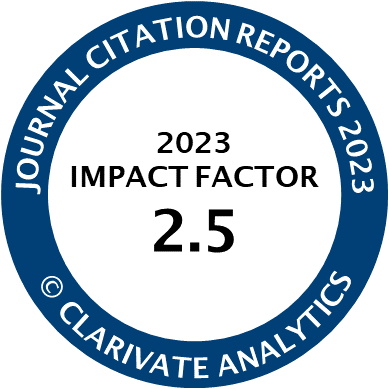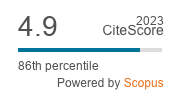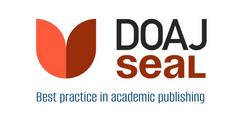Article | Open Access
Forecasting Referendums: A Structural Model Predicting Adoption and Support in Irish Plebiscites 1968–2024
| Views: | 43 | | | Downloads: | 26 |
Abstract: Election prediction flourishes among pollsters, the media, academics, and political anoraks, with four significant prognostic paradigms: opinion polls, markets, structural models, and hybrid approaches. Structural models, inspired by political science theory and based on so-called “fundamental” indicators, have a long pedigree in predicting government performance in elections cross-nationally. Despite their prevalence and prowess in forecasting contests for government, these structural models have not been applied to predict referendums, where the prognosis game, as far as it exists, primarily relies on polls. Perhaps this is unsurprising given that plebiscites can be especially hard to forecast given that citizens often vote on complex subjects not always salient in public discourse, partisan cues are sometimes lacking, and late opinion shifts are arguably more common than in elections. In this contribution, we break new ground by fusing two strands of political science literature—election forecasting and referendums—and devise a prediction model of plebiscites based on economic, institutional, and historical variables, thereby providing the first structural forecasting model to account for referendum adoption and support levels. We apply this model ex-post to 42 national referendums in Ireland between 1968 and 2024 to test its applicability ex-ante. In Europe, Ireland stands third only to Switzerland and Italy as polities that regularly employ referendums to decide public policy issues. With reasonable lead time, ex-post estimates of our model offer solid predictions of the referendums’ outcome, with out-of-sample estimates calling the outcome correctly 68%–79% of the time, a remarkable feat given that the issues up for decision are varied. Moreover, we demonstrate that our model’s predictions are competitive with opinion poll estimates of these contests, illustrating that while our model is not a panacea, it provides a reasonable starting point for predicting the outcomes of referendums in Ireland and, importantly, plants a vital seed for future work on forecasting plebiscites using model approaches.
Keywords: forecasting; Ireland; referendums; structural models
Published:
Issue:
Vol 13 (2025): Cleavage Referendums: Ideological Decisions and Transformational Political Change (In Progress)
Supplementary Files:
© Stephen Quinlan, Michael S. Lewis-Beck, Matt Qvortrup. This is an open access article distributed under the terms of the Creative Commons Attribution 4.0 license (http://creativecommons.org/licenses/by/4.0), which permits any use, distribution, and reproduction of the work without further permission provided the original author(s) and source are credited.




